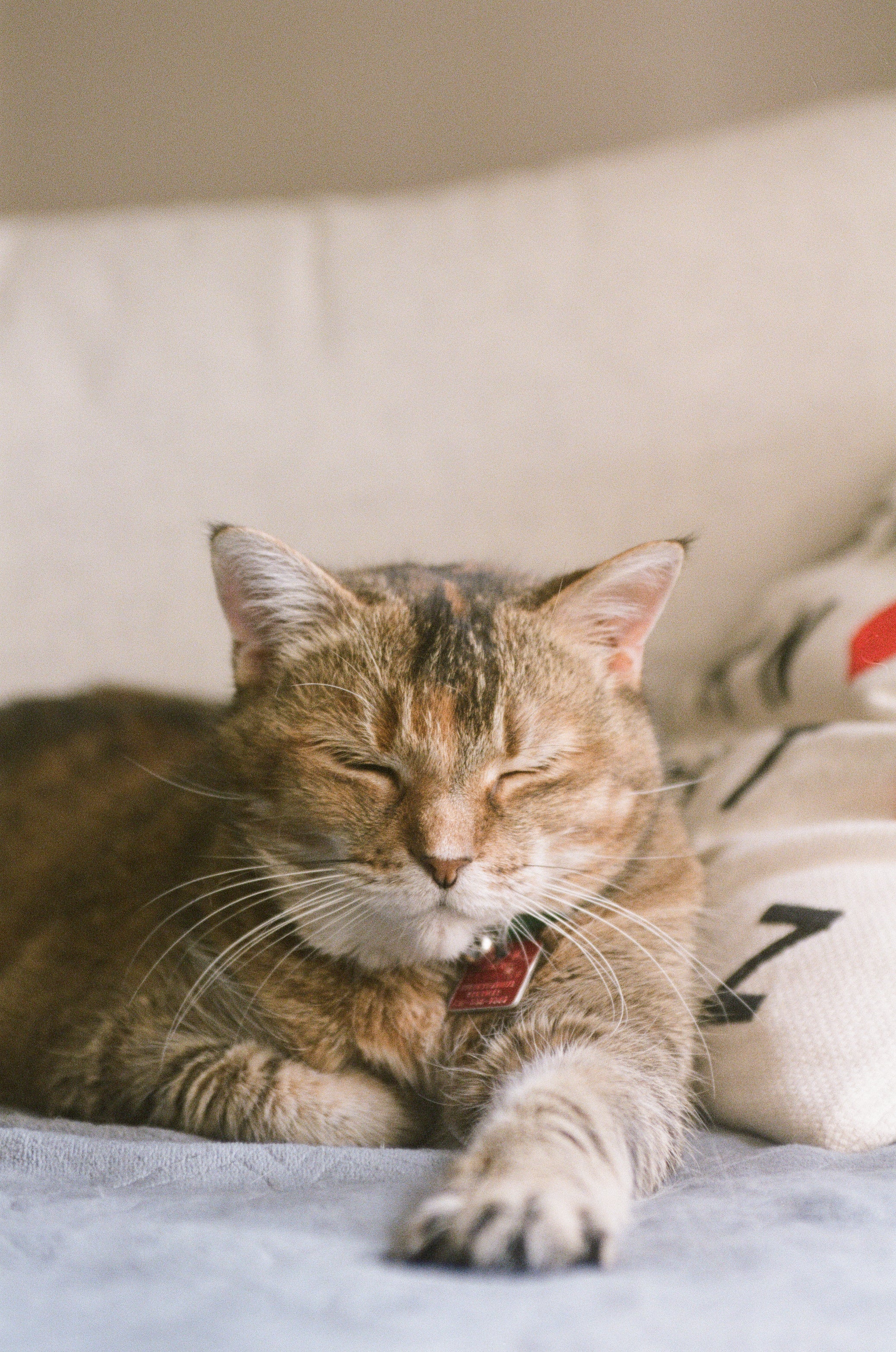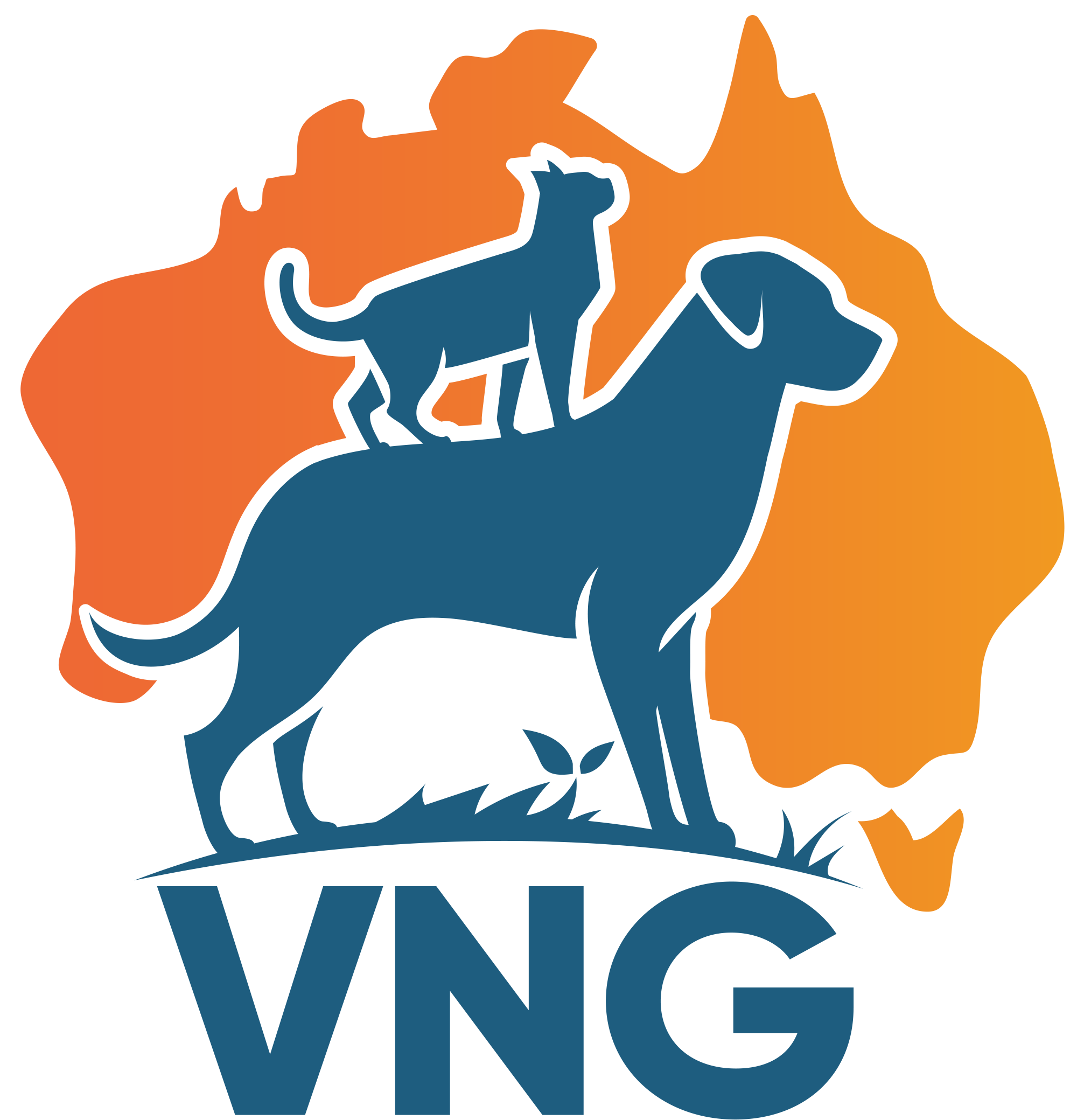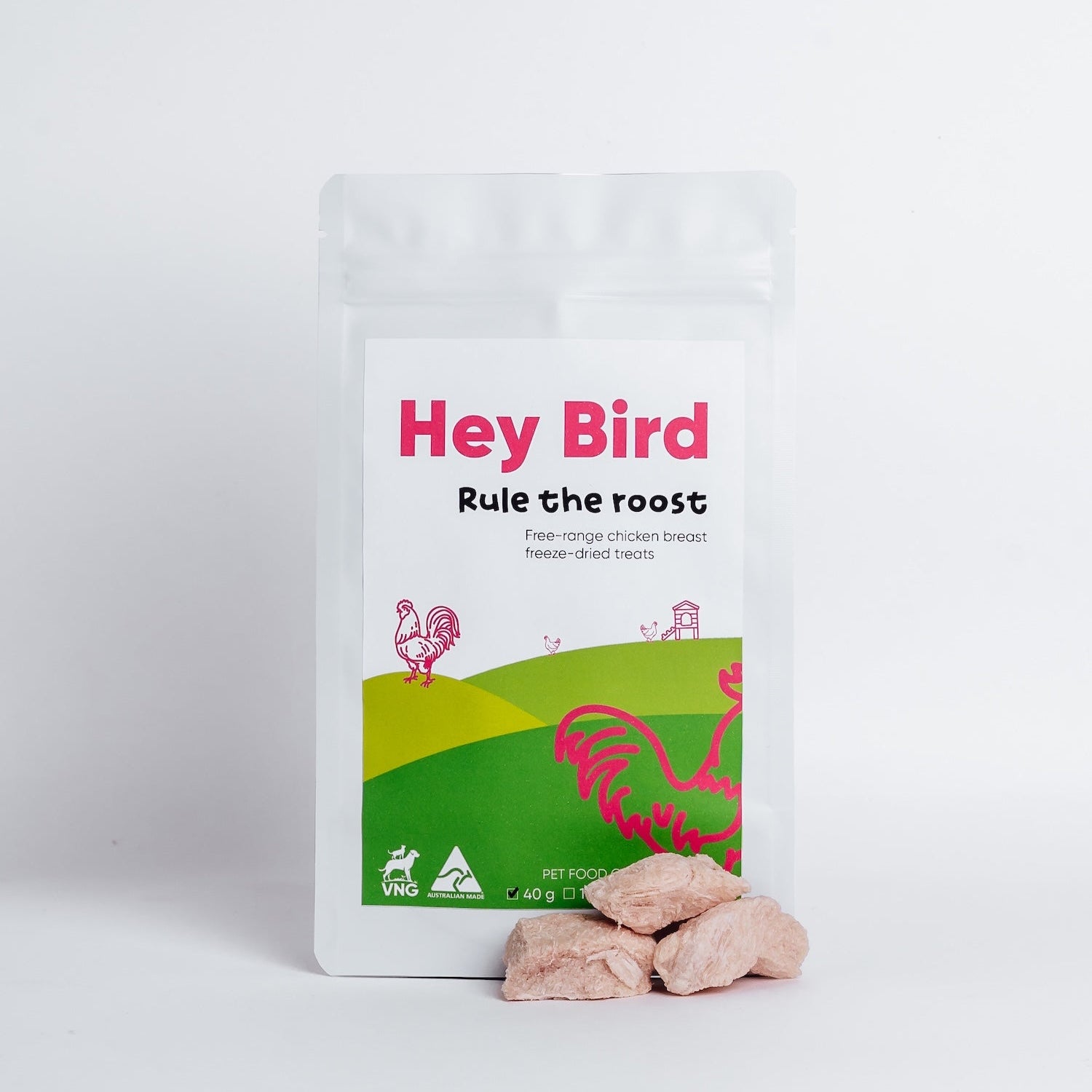
Feeding guide for cats with diabetes
With CompleteMe Hypo Feline
Make ultra-low carbohydrate therapeutic cat food at home quickly and easily. For cats with pancreatitis, moderate fat options are available, if desired.
Choose the meats and other ingredients you would like to use with our simple, flexible guide. If preferred, select novel or well-tolerated proteins for cats with IBD.
Makes 1 kilogram of food, which can be portioned and frozen.
Ingredients
1 kilogram of lean raw muscle meat (2-10% fat)
Please see the FAQs below for options for meat types and cuts.
For overweight diabetic cats, choose leaner meats (2-5% fat), so the diet has a more moderate fat content. Some cats with pancreatitis may also respond positively to a moderate fat diet.
15 grams CompleteMe Hypo Feline
Optional:
3 mL of omega-3-rich oil
(choose from: fish oil, salmon oil, krill oil, marine algae oil)
For cats with concurrent IBD, algae oil may be a good choice.
1 to 3 teaspoons of prebiotic fibre
(choose from: chia seeds, oat or barley bran, psyllium husk, inulin, FOS (fructooligosaccharides), hydrolyzed collagen or gelatine)
We have seen a good response to barley bran in our diabetic and prediabetic feline patients.
10-20 grams of other nutrient-dense foods
(choose from: raw egg yolk, sardine or mackerel fillets, fresh leafy greens like dandelion leaves or rocket, or natural yoghurt.
Directions
Batch prep with raw meat:
- Dice or grind the raw meat, as desired.
- Combine with 15 grams CompleteMe Hypo Feline, and mix well.
- Portion and refrigerate, or freeze.
Batch prep with cooked meat:
- Gently cook the diced or ground meat in a pot or slow cooker with 50-100 mL water, until cooked (20-30 minutes).
- Allow to cool, then combine the cooked meat (including liquid from pot), 15 grams of CompleteMe Hypo Feline, and mix well.
- Portion and refrigerate, or freeze.
How to make individual meals:
Combine 50 grams of raw boneless meat (2-10% fat) with 1/8 (one eighth) level teaspoon (0.6 gram) of CompleteMe Hypo Feline. Mix and serve.
Storage and safety
Do not add to any commercial cat food, or use with any other nutritional supplements (containing vitamins and/or minerals).
For raw meat, freeze for 10 days before use to destroy parasites like Toxoplasma. In areas with Trichinella, please freeze pork for 3 weeks before use. In areas with highly pathogenic avian influenza, we recommend avoiding raw poultry.
Larger batches can be made and frozen for convenience. Keep refrigerated food for 3 days, and frozen food for 3-4 months. Please discard any uneaten food after 30 minutes.
Feeding guidelines
Based on your cat's body weight, these amounts (per day) may be a good starting point:
2 kg: 80-100 g
3 kg: 110-130 g
4 kg: 130-160 g
5 kg: 160-190 g
6 kg: 180-220 g
7 kg: 200-240 g
8 kg: 220-270 g
Adjust up or down based on your cat's size, age, body condition, and activity level. Most cats eat 2-4% of their body weight daily. This is a general guideline; please consult with your cat's veterinarian as needed.
We recommend feeding 3-5 meals per day; for diabetic cats, grazing has been shown not to negatively affect glycaemic control.
For cats with uncontrolled diabetes, and/or underweight cats, we recommend calculating your cat's energy requirement and required grams per day with the help of your cat's veterinarian. Similarly, for overweight cats, please discuss a weight management plan with your vet, as achieving an ideal weight has been associated with an increased likelihood of diabetic remission.
Be sure to monitor your cat's weight every few days; an at-home digital baby scale makes this very quick and easy.
Nutritional information
Food made as per the instructions above is complete and balanced, and meets the nutritional levels established by the AAFCO Cat Food Nutrient Profile for maintenance in adult cats.
It is not suitable for growth and should not be fed to kittens or reproducing females.
The average kcal/gram for the diet is: 1.3 kcal/gram
The average protein for the diet is:
73.3% on a dry matter basis
59.8% on a caloric basis
The average fat for the diet is:
19.7% on a dry matter basis
39.8% on a caloric basis
Average phosphorus for the diet is:
0.3% as fed basis
0.7% dry matter basis
1.38 g per 1000 kcal ME
All possible combinations are ultra-low in carbohydrate, high in moisture, and have controlled calcium, phosphorus, magnesium and sodium.
FAQs
What meats can I use?
A large number of meats and cuts can be used with CompleteMe Hypo Feline. Variety is important; we strongly recommend feeding a range of different meat types and cuts. Don't exclusively feed very lean meats. 5-8% fat is a good everyday choice; this equates to about 55-65% calories from protein, similar to the diet of a feral cat or small wild cat. Feed occasional higher and lower fat meals as well. Try to include different textures as well, for example, chunks, small strips, mince, etc.
- Poultry:
Skinless and boneless chicken thigh, drumstick or breast, mince (2-3% fat), gizzards, hearts (fat trimmed off)
Skinless and boneless turkey or duck breast
Skinless and boneless quail meat, pheasant, goose or pigeon - Pork:
Lean pork mince or diced pork loin with 5-10% fat, rump steak (untrimmed) - Lamb, beef, goat, or venison:
Extra-lean diced lamb or goat meat (including heart or tongue) with 5-10% fat
Lean venison fillet or steak (e.g. shoulder, backstrap, rump eye, leg steak)
Extra-lean (5 star) beef mince, gravy or chuck beef with 5-10% fat, blade, round or rump steak (fat trimmed off), eye fillet or topside roast or steak (fat trimmed off) - Game meat:
Lean kangaroo mince or steak with 2-3% fat
Wild or farmed boneless rabbit or hare meat
Emu fan fillet or flat fillet (1-3% fat)
Wild boar backstrap, boneless leg, or loin chops
Why add extra fibre or omega-3 to my cat's diet?
For some cats, the included fibre in CompleteMe Hypo Feline will be adequate to ensure healthy stools. However, particular cats (for example, older cats, inactive cats, overweight cats) may be at risk of constipation, and therefore benefit from some more fibre in their diet. Added fibre can also help to support a healthy gut microbiome, and there is plenty of evidence that indigestible parts of an animal carcass, like collagen in tendons, can act as fibre in the diet of wild cats.
Extra omega-3 can also benefit some cats. For example, large cats like Maine coons can be at increased risk of joint disease, and feeding an omega-3-rich diet may have an anti-inflammatory effect. Overweight cats or older cats may also benefit, given their increased risk of arthritis.
Can I add offal to the diet?
Please do not add any additional liver, kidney, pancreas or spleen to the diet. This could result in an excess of some nutrients. Heart, gizzards and tongue can be used as muscle meats; please trim off visible white fat around the base of the heart before using.
Can I use raw meat?
You can include the meat raw or cooked, depending on preference. We strongly recommend human-grade meat for any meat that is fed raw. Please discuss raw-feeding with your cat's veterinarian; raw feeding is not necessarily suitable for all cats or households. Cooked diets can be just as nutritious and the food safety risks are obviously lower.
My cat needs a low phosphorus diet; can I feed this?
For cats with chronic kidney disease needing a low phosphorus diet, we recommend using CompleteMe Renal Feline. Our renal formulations are low in carbohydrate and also suitable for cats with diabetes.
We are very mindful of phosphorus in all our feline products, though. CompleteMe Hypo Feline contains no added water-soluble phosphates, like dipotassium phosphate or sodium hexametaphosphate (SHMP). High dietary water-soluble phosphates may contribute to the development of chronic kidney disease in cats. Total phosphorus in the product is controlled and recipes just meet the AAFCO minimum requirement for adult cats.
Where can I buy omega-3 supplements or fibre?
We recommend buying krill oil or marine algae oil capsules via iHerb. Some high quality brands with algae oil that contains both EPA and DHA include Nordic Naturals Algae Omega, Sports Research Vegan Omega-3, and Wanderlust Plant Omega-3 (Australia only from Chemist Warehouse). If you would prefer to avoid capsules, consider Dog By Dr Lisa omega-3 oil, or Adored Beast Potent-Sea Omega-3.
For krill oil and fish oil, look for MSC-certified products; Sports Research is good for krill oil. Do not purchase flavoured fish oils (for example, fish oil with added lemon oil). Nordic Naturals Pet Omega-3 is unflavoured; so are most Now Foods fish oil capsules (discard the capsule shells).
For fibre supplements, iHerb can also be a good choice. However, many options are available from supermarkets or pharmacies (for example, plain psyllium husk). Barley bran may be harder to find and need to be ordered online.








